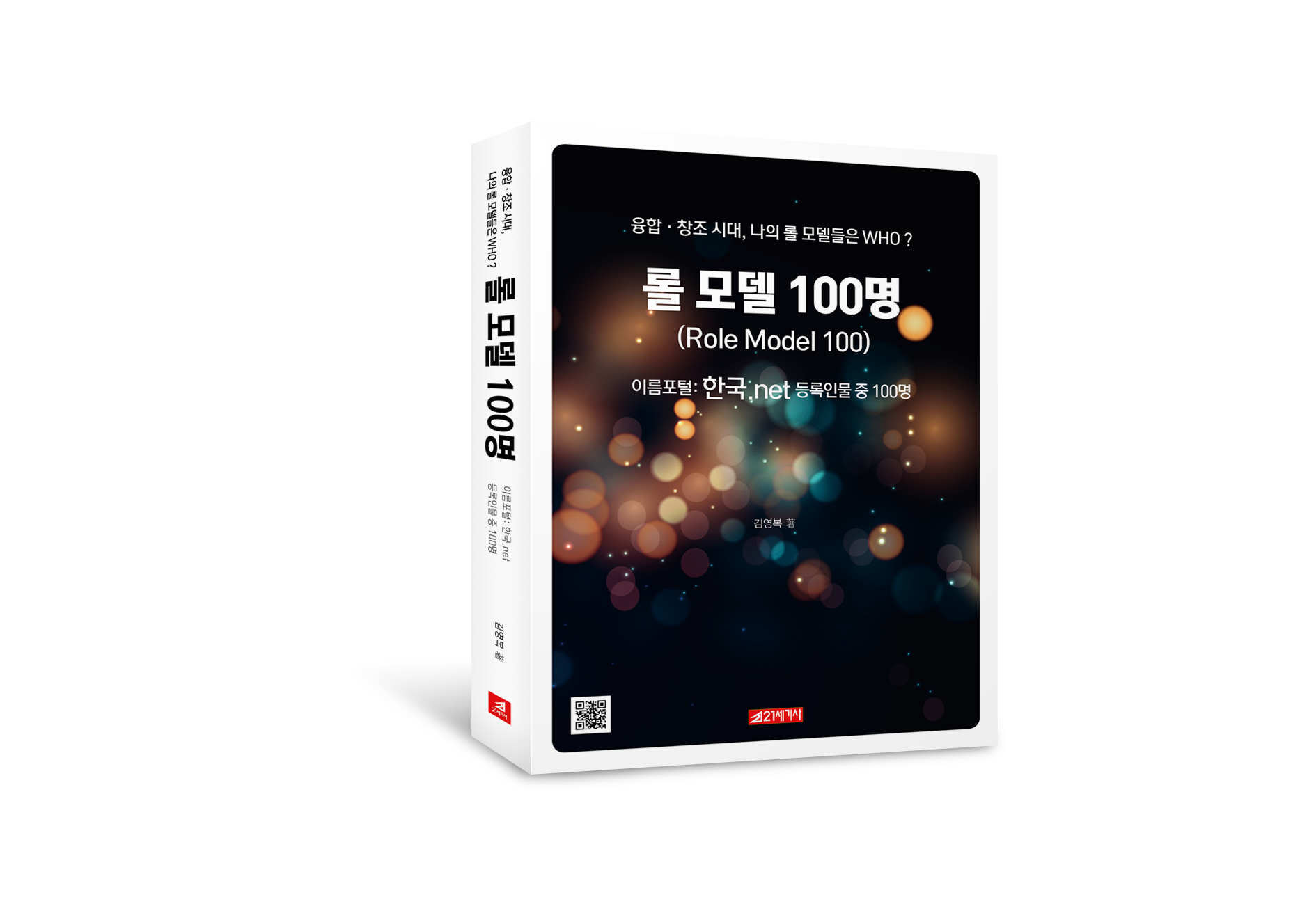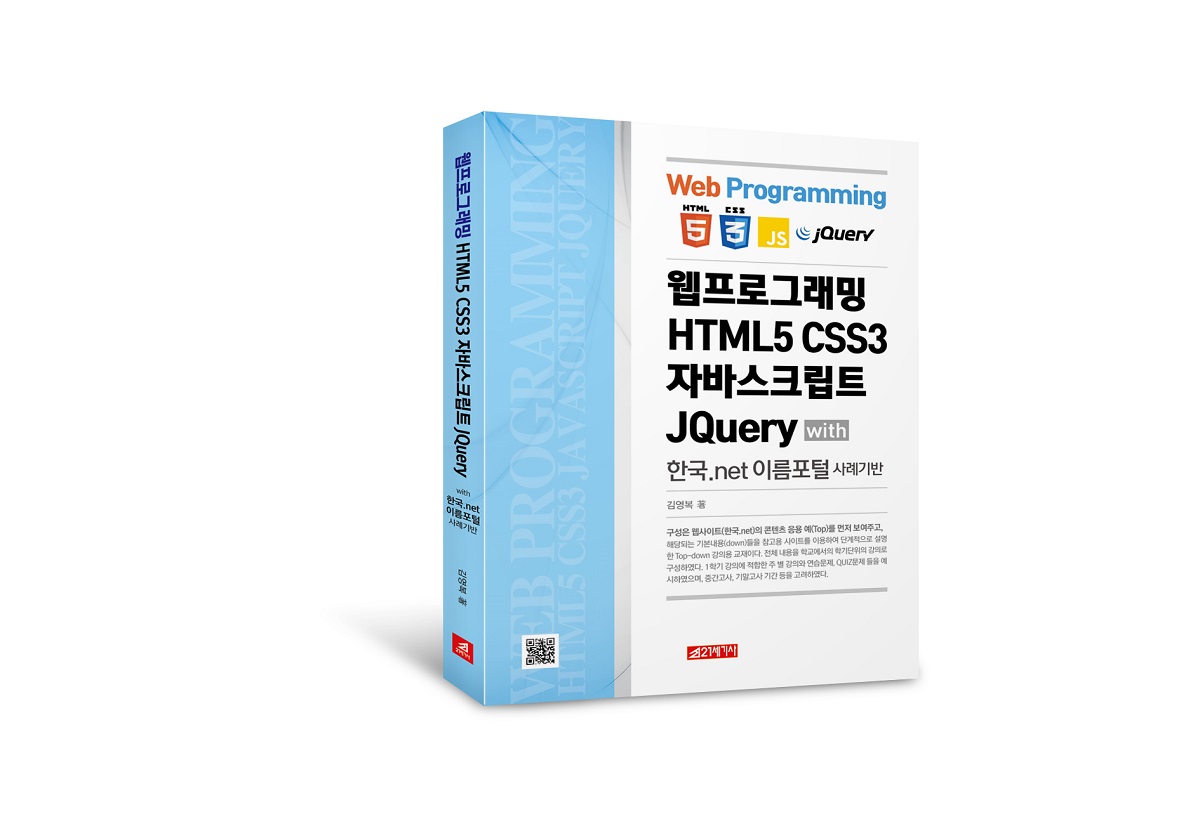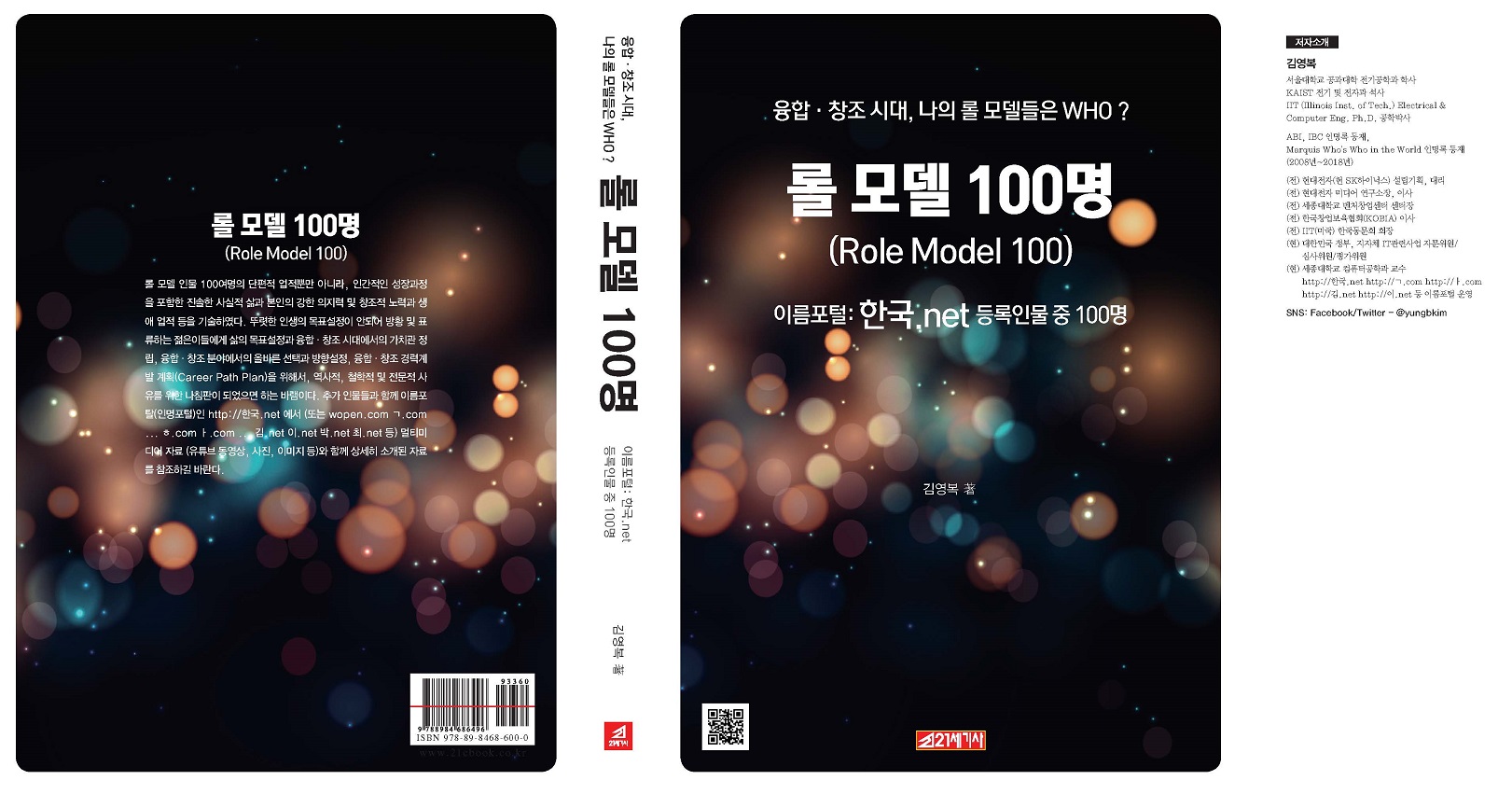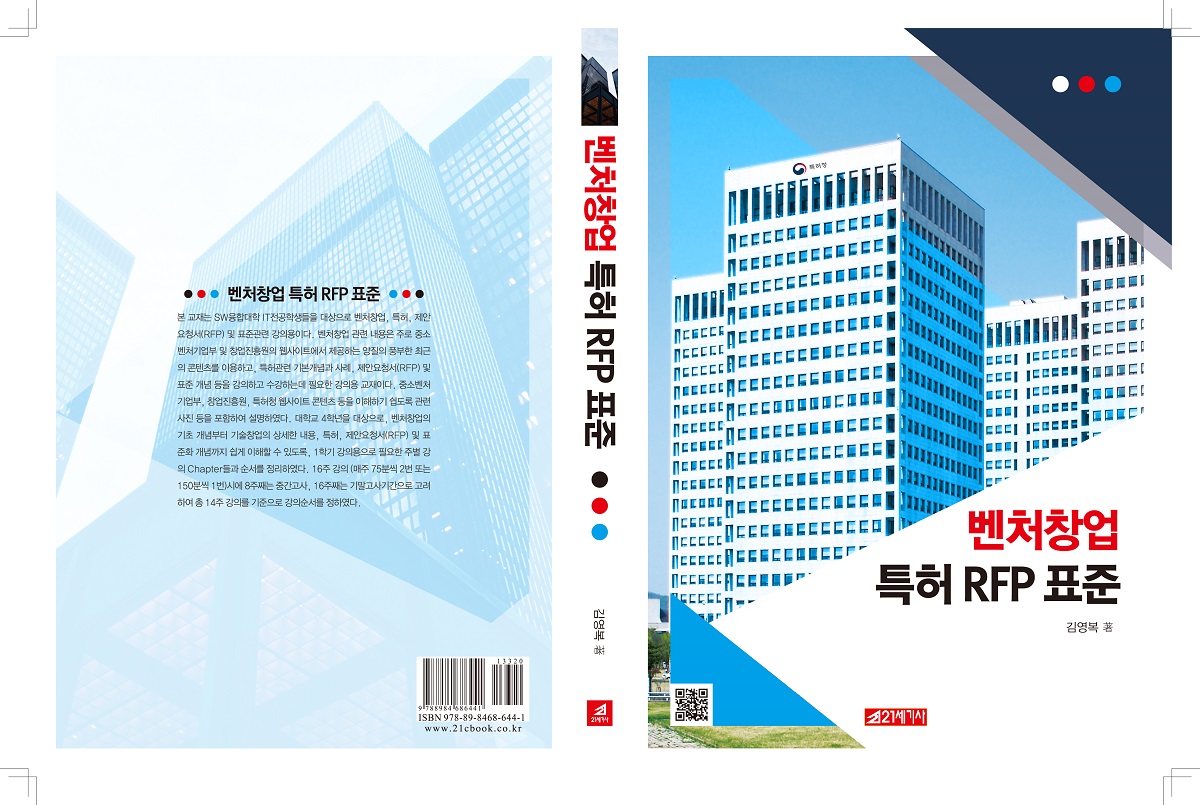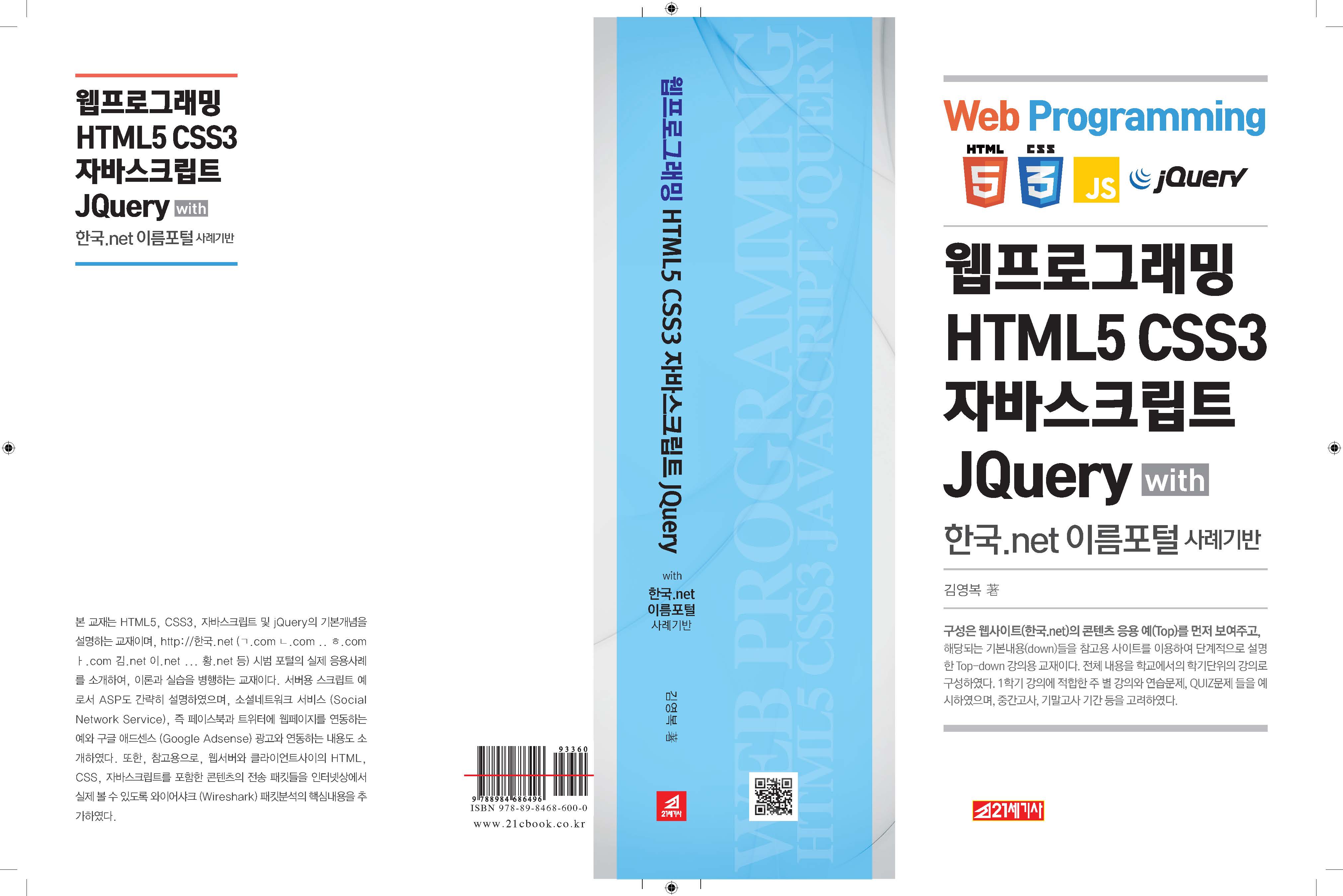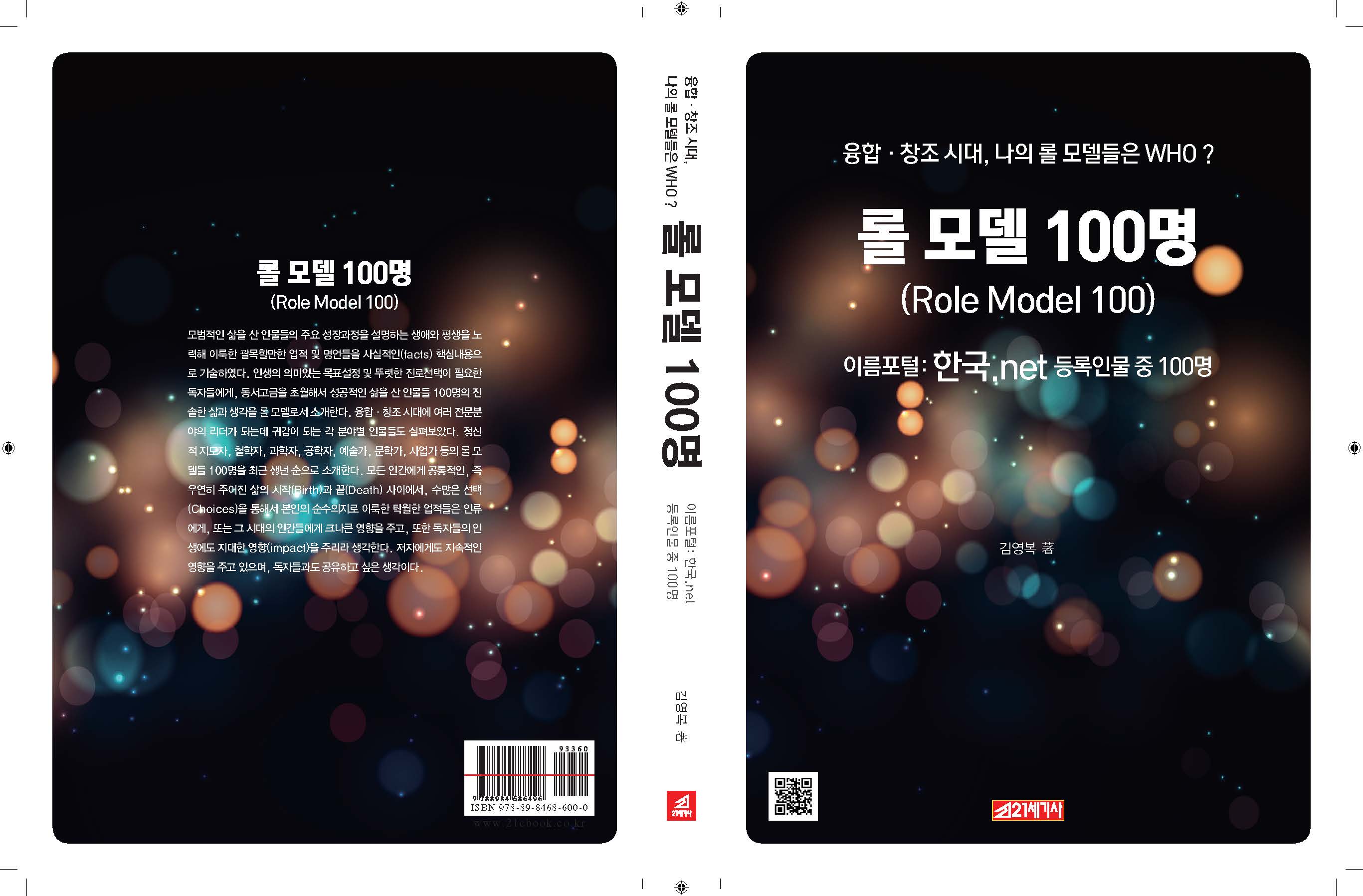[출생] 앨런 커티스 케이
1940년 5월 17일
스프링필드 (매사추세츠 주)
[국적] 미국
[분야] 전산학, 컴퓨터 과학
선정: 소프트웨어 융합 Role Model 80명
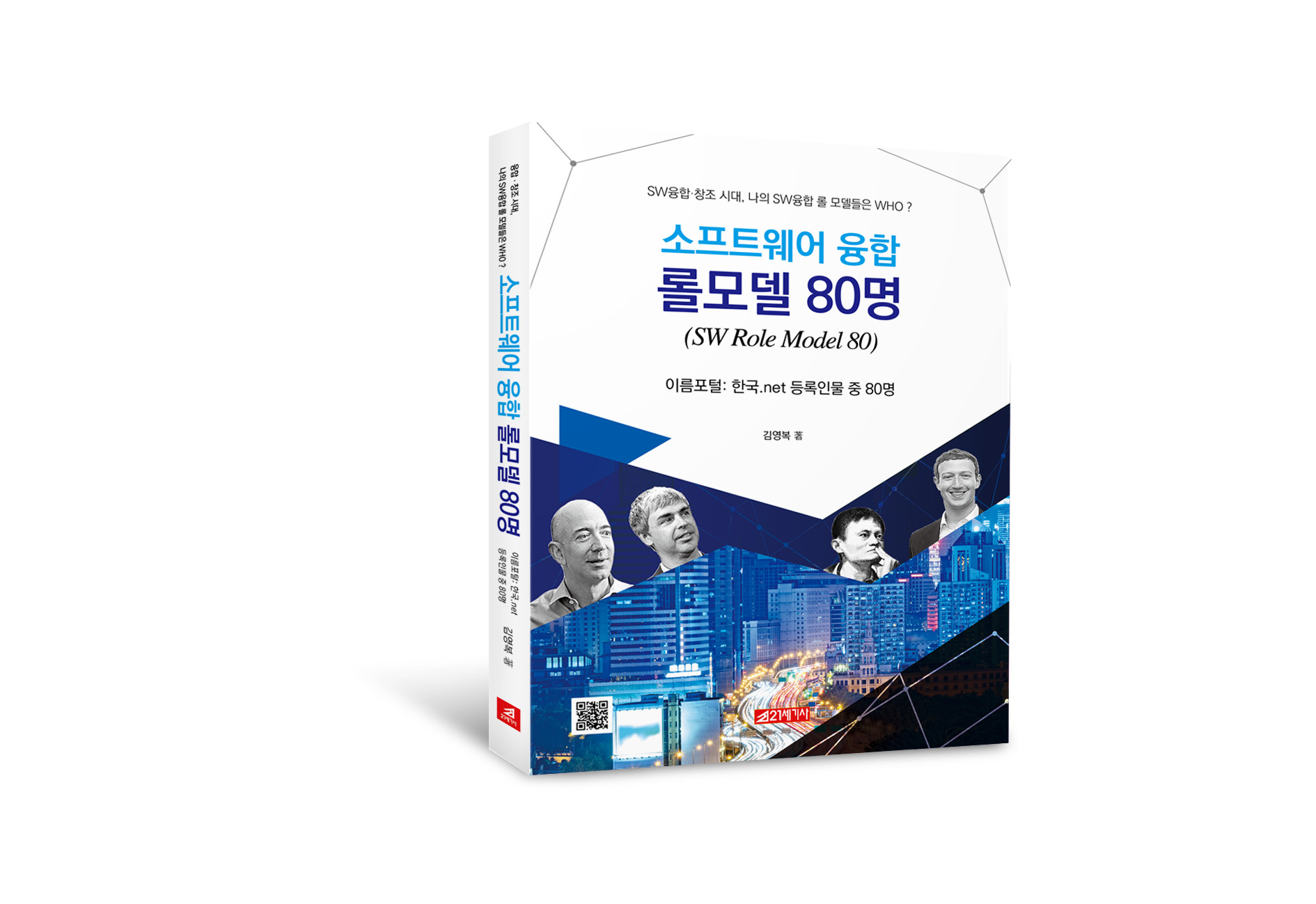
[소속]
제록스 팍
Stanford University
아타리
애플 선행기술그룹
월트 디즈니 이미지니어링
UCLA
교토 대학
MIT
뷰포인츠 리서치
휴렛 패커드 랩스
[출신 대학]
콜로라도 대학교 볼더, 유타 대학교
[주요 업적]
다이나북
객체 지향 프로그래밍
스몰토크
그래픽 사용자 인터페이스창
[수상]
ACM 튜링상, 교토상, 찰스 스타크 드레이퍼 상
앨런 커티스 케이(Alan Curtis Kay, 1940년 5월 17일 ~ )는
미국의 전산학자이다.
객체 지향 프로그래밍과 사용자 인터페이스 디자인 분야의
선구자로 잘 알려져 있다.
HP 연구소의 명예 연구원이자, 뷰포인츠 연구소의 회장을
역임했으며 교토 대학의 초빙교수, UCLA의
겸임 교수이기도 하다.
[요약]
[1960년대]
매사추세츠 주의 스프링필드에서 자란 그는 콜로라도 대학에서
분자 생물학과 수학에서 학사를 취득했으며
유타 대학에서 석사및 박사과정을 받았다.
1960년대 유타 대학에서 그는 이반 서덜랜드와 함께
스케치패드 개발을 포함한 선구적인
컴퓨터 그래픽 연구를 수행하였다.
이 시기에 그는 재즈 기타리스트로 활동한적이 있으며
진 피아제와 구성주의 작품에 대해 연구하기도 하였다.
시모어 페퍼트와 로고 프로그래밍 언어를 같이 개발하였는데
이후 그의 활동에 큰 영향을 주었다.
[1970년대]
1970년에 제록스사의 팔로 알토 연구소(PARC)에 입사하였으며
스몰토크 프로그래밍 언어를 이용한 네트워크 워크스테이션의
초기 모델을 개발하는 핵심 연구원으로 활동했다.
여기서 개발된 디자인은 이후
애플사의 매킨토쉬 컴퓨터 개발에 큰 영향을 주었다.
그는 제록스 파크 연구소와 노르웨이 컴퓨터 센터의
전임자들과 함께 객체 지향 프로그래밍
(OOP, Object Oriented Programming)의 아이디어를
만들어 낸 창시자 중 한 명이다.
그는 초기 노트북 컴퓨터의 기본을 만들어낸
다이나북의 컨셉과 태블릿 컴퓨터를 구상해 냈으며
현대적인 윈도 기반의 그래픽 사용자 인터페이스(GUI)를
설계한 장본인이기도하다.
제록스 파크 연구소에서의 10년간 근무 이후 3년 간
아타리의 선임 연구원으로 근무하였다.
[최근의 경력]
1984년부터 앨런 케이는 애플 컴퓨터사의 연구 개발 부서인
선행기술그룹(ATG, Advanced Technology Group)에서
애플 특별연구원으로 근무하였으며 또한
월트 디즈니사에서 디즈니 특별연구원
(이매지니어, Walt Disney Imagineering)으로 일했다.
그 다음에는 어플라이드 마인즈와휴렛 팩커드
(HP, Hewlett-Packard)의 선행소프트웨어연구 팀에서
선임연구원으로 일했다.
현재는 뷰포인츠 연구소의 대표로 재직하고 있다.
[스퀵과 그로켓의 개발]
애플에 재직 하던 때인 1995년 12월부터
동적 미디어 소프트웨어 오픈소스인 스퀵(Squeak)의 개발을
협력자들과 함께 개발 시작하였으며 현재도 작업 중이다.
데이브드 스미스, 데이브드 리드, 안드레아스 라브,
릭 맥기어, 줄리앙 롬바르디, 마크 맥카힐과 시작한
크로켓 (Croquet Project)은 협동하는 작업을 위한
삼차원 환경 시스템 개발을 위한 오픈 소스를 만드는 프로젝트이다.
[100달러 노트북]
2005년 11월에 정보 소사이어티의 국제대회
(World summit n the Information Society)에서
MIT 연구소가 제안한 새로운 100달러 노트북 컴퓨터($100 Laptop)를
공동 개발하였다.
이 노트북 컴퓨터는 제3세계의 어려운 환경에서 공부하는
학생들을 위한 컴퓨터이다.
[수상 경력]
2001년 그래픽 유저 인터페이스 분야의 개척자인 공로로
독일 베를린에서 UdK 01-Award를 수상
2003년 객체지향 프로그래밍을 개척한 공로로
ACM 튜링상을 수상
2004년 쿄토상과 찰스 스타크 드레이퍼상을 버틀
러 램슨, 로버트 테이러, 찰스 섹커와 함께 수상
2005년 조지아 공과 대학으로부터 명예박사학위 받음
[어록]
"미래를 예측하는 가장 좋은 방법은 미래를 발명하는 것이다.
(The best way to predict the future is to invent it.)", 1971
"소프트웨어에 대해 정말로 진지한 사람들은
그들 자신의 하드웨어를 만들어야 한다.
(People who are really serious about software should
make their own hardware.)"
"리스프는 언어가 아니라 건축 자재이다.
(Lisp isn’t a language, it’s a building material.)"
[저서]
"컴퓨터, 네트워크와 교육(Computers, Networks
and Education)" - Scientific American
Special Issue on Communications, Computers,
and Networks, 9월, 1991
[생애]
미국의 컴퓨터 과학자인 앨런 케이는
상호작용 컴퓨팅 분야의 선구자다.
그는 제록스, 아타리, 디즈니 등에서 일하면서
개인용 컴퓨팅의 혁신과 발전에 지대한 영향을 미쳐왔다.
그가 없었다면 애플의 매킨토시,
그리고 현재와 같은 개인용 컴퓨터는 탄생할 수 없었을 것이다.
그는 그래픽 사용자 인터페이스 등 인간-컴퓨터 상호작용의
발전에 기여했고 객체지향형 프로그래밍을 탄생시켰다.
미국의 컴퓨터 과학자인 앨런 케이(Alan Kay, 1940~)는
상호작용 컴퓨팅 분야의 선구자다.
그는 제록스(Xerox), 아타리(Atari), 디즈니(Disney) 등에서
일하면서 개인용 컴퓨팅의 혁신과 발전에 지대한 영향을 미쳐왔다.
또한 그는 인간-컴퓨터 상호작용의 발전에 기여했고
객체지향형(objected-oriented) 프로그래밍을 탄생시켰다.
1940년 미국 매사추세츠주에서 태어난 케이는 어린 시절을
오스트레일리아에서 보내고 제2차 세계대전이 끝나기 전에
미국에 돌아왔다.
명석했지만 엄격함을 싫어했던 케이는 초등학교 때부터
콜로라도대학교에서 수학과 분자생물학 학사학위를 받을 때까지
자신이 학교 행정과 맞지 않는다고 생각했다.
그 후 그는 콜로라도주 덴버로 이주해
그곳에서 공군에 입대했는데,
이때 장난삼아 프로그래밍 적성 검사를 치렀다.
뜻밖에도 공군은 그에게 IBM이 주관하는
2주간의 프로그래밍 훈련을 받게 했는데,
이는 케이가 컴퓨터 사용 방식에 관해 전 생애에 걸친 관심을
갖게 되는 계기가 됐다.
이후 그는 유타대학교 대학원에 진학했는데,
이때 컴퓨터 그래픽에 관한 정부 지원 프로젝트에
참여하기도 했다(Jones, 2003).
석사학위 논문으로 케이는 '개인용 컴퓨터'의 구성요소에
관해 썼는데,
이 아이디어는 어떤 점에서 초기의 개인용 컴퓨터인
제록스 알토(Alto)의 모델이 된다.
1969년 컴퓨터과학 박사학위를 받은 후
케이는 명성 높은 스탠퍼드 인공지능연구소에서 잠시 일했고,
이후 제록스의 팰로앨토연구소(PARC)에 영입돼
학습연구그룹(learning research group)을 만들었다.
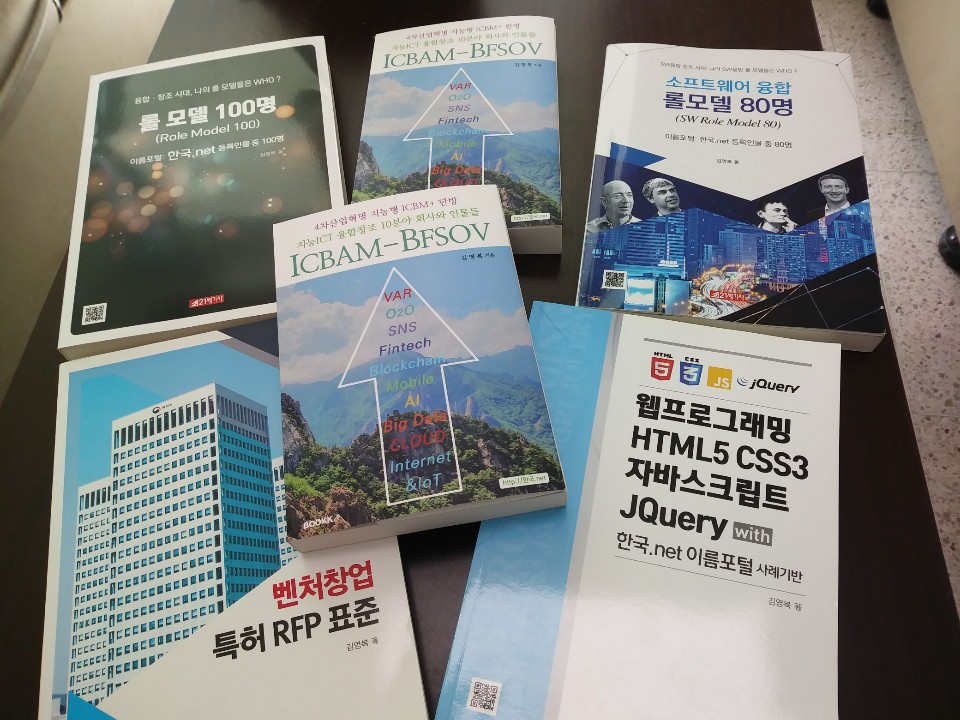
여기서 그는 다른 연구원들에게 개인용 컴퓨터에 대한
자신의 비전을 탐구해 보라고 설득했다.
그는 1973년 지난한 설계와 구축 작업을 통해
최초의 개인용 컴퓨터로 간주되는 알토(Alto)를 탄생시켰다.
그러나 케이에게 알토는 시작일 뿐 끝이 아니었다.
처음 알토가 등장한 이후 몇 년간 케이와 동료들은
상호작용 프로그래밍과 멀티미디어를 연구했다.
이 과정에서 그는 최초의 그래픽 사용자 인터페이스
(Graphical User Interface, GUI)를 만드는 데에도 참여했다.
그와 동료들은 최초로 상호작용 문서 및 표식 언어(markup languages),
그리고 컴퓨터를 활용하는 작곡 도구를 만들기도 했다.
이런 과정에서 케이는 자신의 성향이 프로그래밍에는
잘 맞지 않으며 자신의 재능은 사람들이 어떻게 컴퓨터를
이용할 수 있는가에 관해 연구하는 데 있다고 생각했다.
당시 대부분의 컴퓨터 프로그래밍 언어들은
프로시저 중심적(procedural)이었다.
이 것은 데이터와 확연히 구분된 프로그램이 데이터로
무슨 일을 할지 지시한다는 것이다.
케이는 프로그램의 구성단위들이 유연해야 하며
어떤 점에서는 자기 나름대로 행위할 수 있어야 한다고 생각했다.
따라서 프로그램과 데이터 사이의 구분은
유용하지 않은 것이었다.
그는 컴퓨터 프로그램이 작은 기기처럼 행위하는 코드 조각들,
즉 '객체들(objects)'로 구성될 수 있으며
프로그래밍 언어는 종이 한 장에 기록할 수 있을 정도로
간단해야 한다고 생각했다(Jones, 2003).
케이의 생각을 들은 PARC의 동료들은 그에게
그런 언어를 만들어보라고 권유했다.
그래서 만들어진 것이 바로 스몰토크(SmallTalk)다.
이 언어는 객체지향 프로그래밍이라는 그의 아이디어에 기초했고,
이전 여러 프로젝트나 기존의 다른 프로그래밍 언어들을
참조해 만들어졌다.
이후 스몰토크는 C++이나 자바(Java)와 같은
주류 컴퓨터 언어의 개발에 커다란 영향을 주게 된다
(Wikipedia, 2012).
케이는 이후 아타리와 애플(Apple) 등에서 연구원으로 일했다.
최초의 개인용 컴퓨터인 알토 개발에 참여한
그의 업무 경력은 특히 애플에 큰 도움이 되었다고 한다.
예를 들어, 소형 개인용 컴퓨터에 대한
케이의 비전이 애플의 뉴턴(Newton)이라는 기기에서 구현되었는데,
이 제품은 최초의 PDA로 받아들여지기도 한다.
애플에서 케이는 컴퓨터의 교육적 활용 가능성에
더 많은 관심을 갖게 되었다.
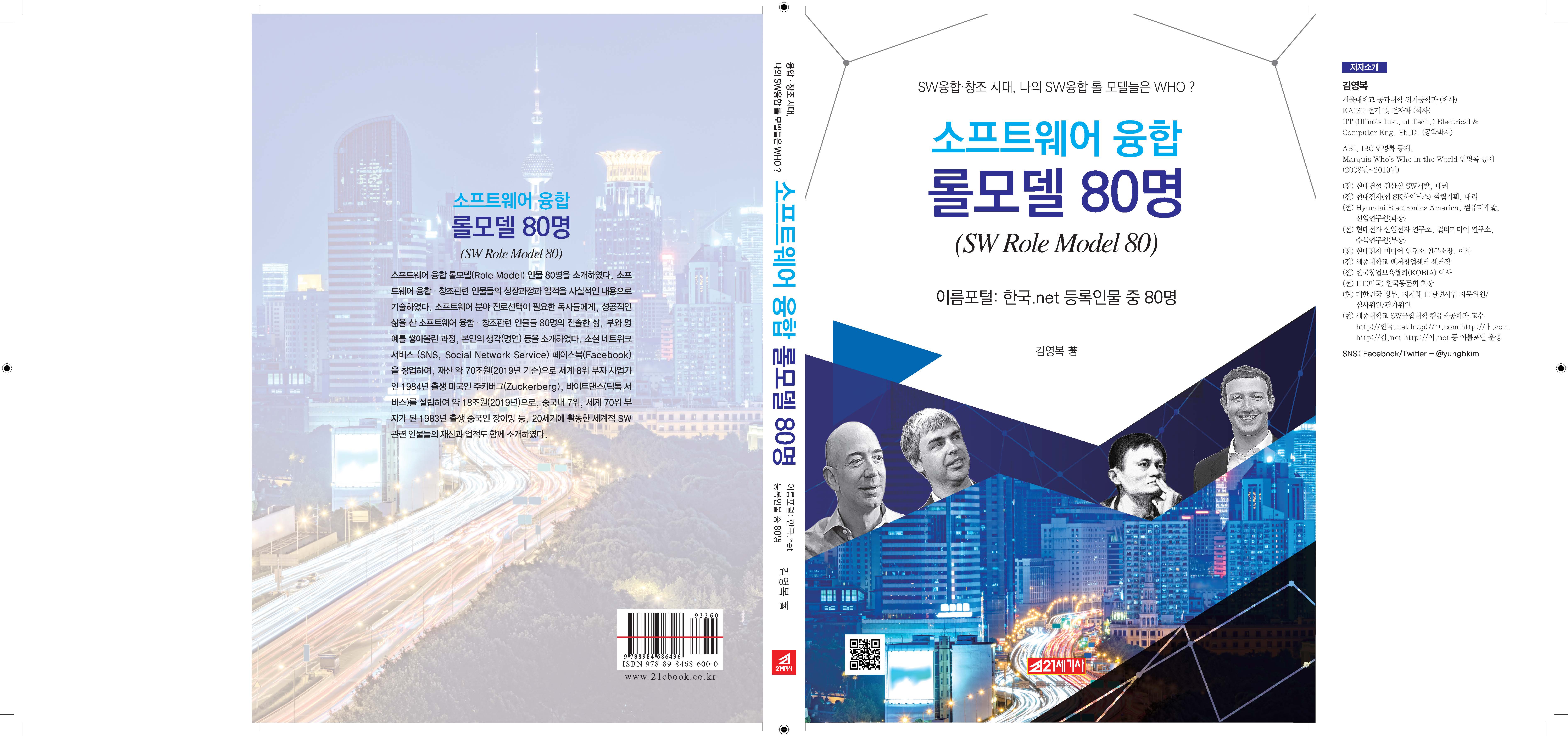
이에 그는 1987년에 로스앤젤레스의 초등학생들에게
매킨토시 컴퓨터를 제공하는 비바리엄 프로젝트
(Vivarium Project)를 전개하기도 했다.
1997년 이후 케이는 월트 디즈니 이미지니어링에서
디즈니 펠로 및 연구개발 부문 부사장으로 일했다.
현재는 뷰포인츠 연구소의 대표를 맡고 있다.
그는 여전히 어린이와 성인의 학습용 컴퓨터 활용에
관심을 갖고 있으며,
컴퓨터, 교육, 인간 지능 등에 관해 강연을 하고 있다.
==========================================
Alan Curtis Kay
(born May 17, 1940) is an American computer scientist.
He has been elected a Fellow of the American Academy of
Arts and Sciences, the National Academy of
Engineering, and the Royal Society of Arts.
He is best known for his pioneering work
on object-oriented programming and windowing
graphical user interface design.
He is the president of the Viewpoints
Research Institute, and an Adjunct Professor
of Computer Science at the University of
California, Los Angeles. He is also on the
advisory board of TTI/Vanguard. Until mid-
2005, he was a Senior Fellow at HP Labs, a
Visiting Professor at Kyoto University, and
an Adjunct Professor at the Massachusetts
Institute of Technology (MIT). After 10
years at Xerox PARC, Kay became Atari's
chief scientist for three years.
Kay is also a former professional jazz guitarist,
composer, and theatrical designer,
and an amateur classical pipe organist.
[Early life and work]
In an interview on education in America with
the Davis Group Ltd. Alan Kay said, "I had
the fortune or misfortune to learn how to
read fluently starting at the age of three.
So I had read maybe 150 books by the time I
hit 1st grade. And I already knew that the
teachers were lying to me."
Originally from Springfield, Massachusetts,
Kay attended the University of Colorado at
Boulder, earning a Bachelor's degree in
Mathematics and Molecular Biology. Before
and during this time, he worked as a
professional jazz guitarist.
In 1966, he began graduate school at the
University of Utah College of Engineering,
earning a master's degree and a Ph.D. degree.
His doctoral was entitled FLEX: A Flexible
Extendable Language, describing an invention
of computer language known as FLEX.
While at the University of Utah, he worked
with Ivan Sutherland, who had done
pioneering graphics programs including
Sketchpad. This greatly inspired Kay's
evolving views on objects and programming.
As he grew busier with ARPA research, he
quit his career as a professional musician.
In 1968, he met Seymour Papert and learned
of the Logo programming language, a dialect
of Lisp optimized for educational purposes.
This led him to learn of the work of Jean
Piaget, Jerome Bruner, Lev Vygotsky, and of
constructionist learning. These further
influenced his views.
In 1970, Kay joined Xerox Corporation's Palo
Alto Research Center, PARC. In the 1970s he
was one of the key members there to develop
prototypes of networked workstations using
the programming language Smalltalk.
These inventions were later commercialized by
Apple Computer in their Lisa and Macintosh computers.
Kay is one of the fathers of the idea of
object-oriented programming, which he named,
along with some colleagues at PARC and
predecessors at the Norwegian Computing
Center. He conceived the Dynabook concept
which defined the conceptual basics for
laptop and tablet computers and E-books, and
is the architect of the modern overlapping
windowing graphical user interface (GUI).
Because the Dynabook was conceived as an
educational platform, Kay is considered to
be one of the first researchers into mobile
learning, and indeed, many features of the
Dynabook concept have been adopted in the
design of the One Laptop Per Child
educational platform, with which Kay is
actively involved.
The field of computing is awaiting new
revolution to happen, according to Kay, in
which educational communities, parents, and
children will not see in it a set of tools
invented by Douglas Engelbart, but a medium
in the Marshall McLuhan sense. He wrote that
the destiny of personal computing is not going to be:
(…) a 'vehicle', as in Engelbart's metaphor
opposed to the IBM 'railroads', but
something much more profound: a (…) medium.
With a 'vehicle' one could wait until high
school and give 'drivers ed', but if it was
a medium, it had to extend into the world of childhood.
[Recent work and recognition]
Starting in 1984, Kay was an Apple Fellow at
Apple Computer until the closing of the ATG
(Advanced Technology Group), one of the
company's R&D divisions. He then joined
Walt Disney Imagineering as a Disney Fellow
and remained there until Disney ended its
Disney Fellow program. After Disney, in 2001
he founded Viewpoints Research Institute, a
non-profit organization dedicated to
children, learning, and advanced software development.
Later, Kay worked with a team at Applied
Minds, then became a Senior Fellow at
Hewlett-Packard until HP disbanded the
Advanced Software Research Team on July 20,
2005. He is currently head of Viewpoints
Research Institute.
Kay taught a Fall 2011 class, "Powerful
Ideas: Useful Tools to Understand the
World", at NYU's Interactive
Telecommunications Program (ITP) along with
full-time ITP faculty member Nancy
Hechinger. The goal of the class was to
devise new forms of teaching/learning based
on fundamental, powerful concepts—rather than
on traditional rote learning.
[Squeak, Etoys, and Croquet]
In December 1995, when he was still at
Apple, Kay collaborated with many others to
start the open source Squeak version of
Smalltalk, and he continues to work on it.
As part of this effort, in November 1996,
his team began research on what became the
Etoys system. More recently he started,
along with David A. Smith, David P. Reed,
Andreas Raab, Rick McGeer, Julian Lombardi,
and Mark McCahill, the Croquet Project,
which is an open source networked 2D and 3D
environment for collaborative work.
[Tweak]
In 2001, it became clear that the Etoy
architecture in Squeak had reached its
limits in what the Morphic interface
infrastructure could do. Andreas Raab was a
researcher working in Kay's group, then at Hewlett-Packard.
He proposed defining a "script process" and
providing a default scheduling mechanism
that avoids several more general problems.
The result was a new user interface,
proposed to replace the Squeak Morphic user interface
in the future.
Tweak added mechanisms of islands,
asynchronous messaging, players and
costumes, language extensions, projects, and
tile scripting. Its underlying object
system is class-based, but to users (during
programming) it acts like it is prototype-
based. Tweak objects are created and run in
Tweak project windows.
[Children's Machine]
In November 2005, at the World Summit on the
Information Society, the MIT research
laboratories unveiled a new laptop computer,
for educational use around the world. It has
many names: the $100 Laptop, the One Laptop
per Child program, the Children's Machine, and the XO-1.
The program was begun and is
sustained by Kay's friend, Nicholas
Negroponte, and is based on Kay's Dynabook
ideal. Kay is a prominent co-developer of
the computer, focusing on its educational
software using Squeak and Etoys.
[Reinventing programming]
Kay has lectured extensively on the idea
that the computer revolution is very new,
and all of the good ideas have not been
universally implemented. Lectures at OOPSLA
1997 conference and his ACM Turing award
talk, entitled "The Computer Revolution
Hasn't Happened Yet" were informed by his
experiences with Sketchpad, Simula,
Smalltalk, and the bloated code of
commercial software.
On August 31, 2006, Kay's proposal to the
United States National Science Foundation
(NSF) was granted, thus funding Viewpoints
Research Institute for several years. The
proposal title was: STEPS Toward the Reinvention of
Programming: A compact and Practical Model of
Personal Computing as a Self-exploratorium.
A sense of what Kay is trying to do comes
from this quote, from the abstract of a seminar
on this given at Intel Research Labs, Berkeley:
"The conglomeration of commercial and most open
source software consumes in the neighborhood
of several hundreds of millions of lines of
code these days. We wonder: how small could
be an understandable practical "Model T"
design that covers this functionality? 1M
lines of code? 200K LOC? 100K LOC? 20K LOC?"
(from naver.com 네이버 지식백과 wikpedia.org)
Positive Influence GRADE (PIG): C+
